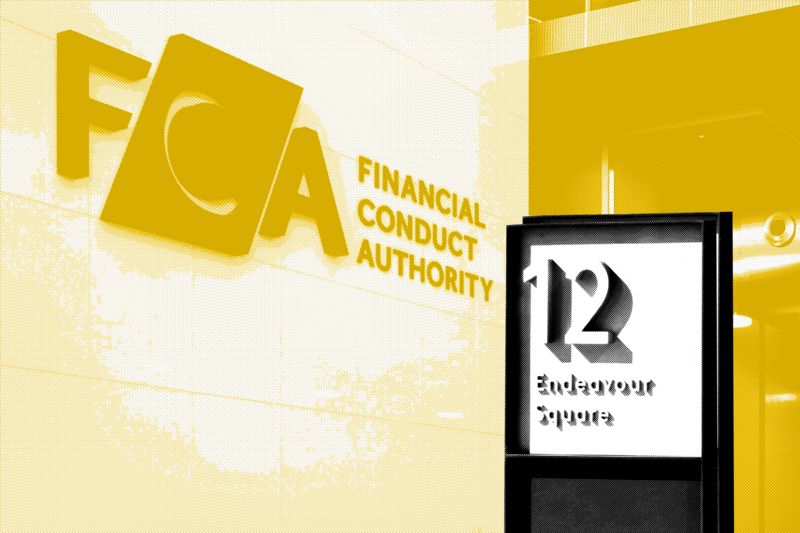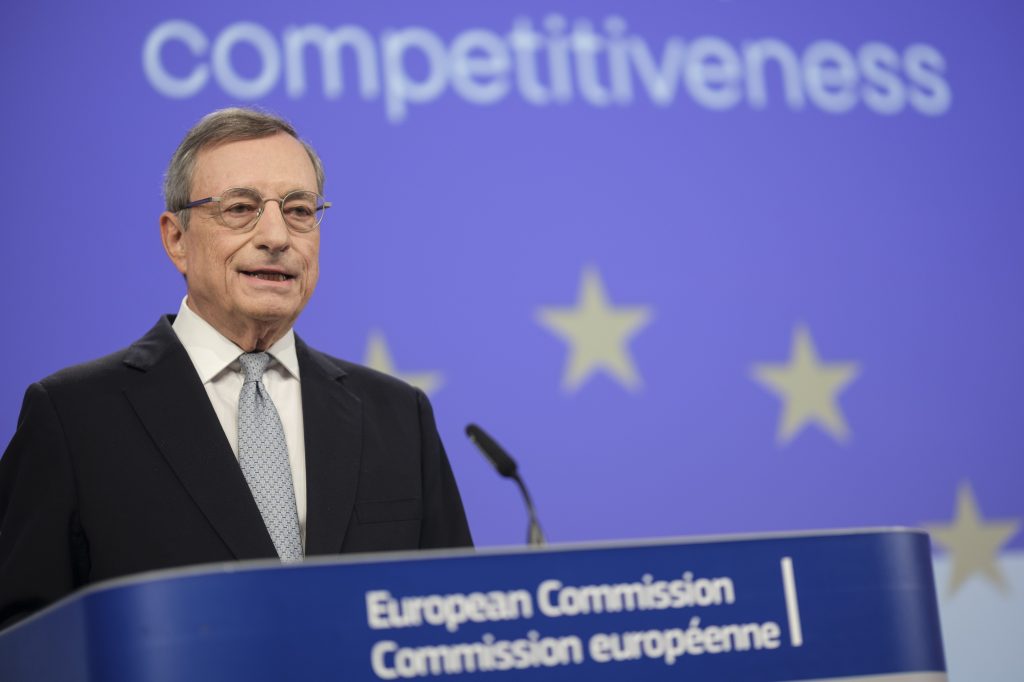In financial services, speed has become a symbol of success. Fast decisions, endless emails, late-night calls – they are understood to signal commitment, drive, and competitiveness. But somewhere along the line, we began to confuse tempo with productivity, and that confusion is quietly dismantling both wellbeing and performance.
We’ve built cultures that reward motion over meaning. The busier someone looks, the more valuable they appear. Yet behind this illusion of productivity lies a rising wave of exhaustion – not because people lack resilience, but because the system itself is unsustainably designed.
The illusion of productivity
Walk into any trading floor or financial HQ, and you’ll see people working at full tilt. Every second counts. But high speed doesn’t automatically translate into high performance. Cognitive research shows that when humans operate in sustained acceleration, strategic thinking, creativity, and ethical judgment begin to decline. Mistakes multiply, innovation fades, and long-term focus erodes.
According to Mental Health America and FlexJobs’ study , 76% of respondents agreed that workplace stress affects their mental health, and 75% experienced burnout. In Forbes’ 2025 global report, two-thirds of employees worldwide said they were experiencing work-related burnout – despite record corporate investment in wellbeing programs.
The financial sector is among the hardest hit: a Reclaim.ai Burnout Trends Report (2024) found that 73.1 % of finance and accounting professionals are at risk of burnout – one of the highest rates across all industries. The Society for Human Resource Management (SHRM, 2024) also reports that burned-out employees are nearly three times more likely to be actively job-hunting (45 % vs 16 %).
This isn’t a human weakness. It’s a design flaw – the predictable result of confusing activity for output.
What the data really tells us
Research continues to show that pace is one of the strongest predictors of burnout. A study published by ERIC (2020) found that work tempo, combined with workload and role ambiguity, strongly correlates with burnout. The issue is not simply how much we work – but how fragmented and frenetic that work has become.
We stretch people beyond safe limits and call it ambition. We treat adrenaline like strategy.
Even in analytical fields, the link is clear. A 2025 arXiv study on affect and productivity found that negative emotional states (stress, frustration, overload) significantly reduce perceived performance. In short, when cognitive and emotional capacity erode, output suffers – no matter how advanced our systems.
Yet financial institutions continue to plan operations as though human capacity were elastic. We stretch people beyond safe limits and call it ambition. We treat adrenaline like strategy.
Leadership at the right pace
The solution isn’t about slowing everything down – it’s about balancing intensity with recovery. Sustainable performance requires rhythm, not relentless acceleration.
1. Protect deep work
In a sector that prizes precision and insight, deep thinking time should be treated as a risk-control mechanism, not a luxury. Meeting-free hours or “focus blocks” improve analytical quality and reduce cognitive errors.
2. Redefine capacity as energy, not time
Many organizations plan workloads at 120% utilisation – a false economy. The most resilient teams operate with buffer capacity, allowing them to absorb shocks, pivot fast, and stay creative under pressure. Energy, not time, is the real currency of performance.
3. Make boundaries explicit.
Setting clear expectations about availability and response times builds psychological safety. In compliance-heavy sectors, clarity is strength: boundaries create trust, and trust supports sound risk judgment.
Burnout as a governance and risk issue
Burnout is not just a human resources challenge – it’s an operational and compliance risk. Fatigued professionals make faster decisions, not better ones. Oversight slips, ethical boundaries blur, and team cohesion breaks down.
Fatigued professionals make faster decisions, not better ones.
Firms that invest in mental energy systems – as intentionally as they invest in cybersecurity or audit resilience – reduce cognitive risk and protect institutional integrity. Sustainable productivity is therefore not a “soft” benefit; it’s a hard-edged governance imperative.
Redefining high performance
The next phase of high performance in finance won’t come from pushing harder – it will come from designing smarter. We already know that in trading algorithms and data analytics, systems outperform raw effort. The same principle applies to people: burnout is not individual fragility, but evidence of a system misaligned with human capacity.
The companies that learn to energize rather than exhaust their people will outperform competitors not only in retention, but in innovation, risk management, and trust.
The question is no longer whether burnout exists – it’s whether leaders are willing to stop mistaking speed for success.
Legal accountability
The same forces that exhaust people also expose organizations to risk. What begins as a cultural design flaw can quickly become a compliance or governance issue. As my co-author Emma Gross , explains below, burnout is no longer just a wellbeing concern – it’s fast becoming a question of legal accountability.
Beyond wellbeing – when exhaustion becomes legal exposure
As an employment solicitor advising clients in the financial services sector, I am increasingly seeing that the culture once regarded as a mark of commitment – long hours, round-the-clock availability and relentless pace – is now becoming a legal liability. What used to be seen as a private wellbeing matter has become an issue of risk, compliance and governance.
The hidden risks of systemic burnout
In finance, long hours, tight deadlines and constant performance pressure are often seen as signs of ambition. Yet what starts as fatigue can quickly turn into litigation or regulatory scrutiny. When employees feel chronically drained and unsupported, the impact goes far beyond lower productivity. The legal fallout can include personal injury claims, constructive dismissal, discrimination, harassment and whistleblowing.
- Personal injury and stress claims: Employees are increasingly seeking compensation for psychiatric injury – such as anxiety or depression – arising from excessive workloads or inadequate support.
- Constructive dismissal: When an employee resigns because of intolerable working conditions, they may claim the employer breached the implied duty of trust and confidence.
- Disability discrimination: Under the UK’s Equality Act 2010, long-term mental health conditions can amount to a disability. Employers must consider reasonable adjustments, such as reduced workloads or flexible hours. Failure to do so can be costly.
- Harassment and bullying: The sector’s traditionally aggressive management style is no longer being excused as “business as usual.” Tribunals increasingly recognize the psychological harm caused by toxic workplace cultures.
- Whistleblowing and victimization: When staff raise concerns about stress, misconduct or workloads and then suffer detriment, employers face heightened whistleblowing risk.
A recent example is the UK DB v Financial Services Compensation Scheme Ltd and Others (2025), where the tribunal heard claims of unfair dismissal, race discrimination, and breach of contract in a financial services context. The case reflects a growing judicial willingness to scrutinize workplace culture and management behavior.
From culture to compliance – leadership liability
The roots of burnout often lie in leadership assumptions. Many senior figures still equate constant activity with success. In practice, this mindset embeds overwork across the organization and exposes firms to avoidable risk.
Sound governance means treating burnout as a strategic concern. Boards should look at data on workloads, sickness absence and staff turnover, and ask what action management is taking when early warning signs appear.
Within UK financial services, the FCA’s recent extension of its non-financial misconduct rules to thousands of firms reinforces this point. Toxic culture, bullying and psychological harm are now recognized as potential breaches of conduct standards.
This marks a clear shift – responsibility for wellbeing has moved from being an ethical choice to a regulatory duty. Leadership teams that ignore these issues risk not only reputational damage but also closer scrutiny from regulators and tribunals.
Embedding wellbeing into legal compliance
For years, “wellbeing” sat within HR – think yoga sessions, mindfulness apps and “wellness weeks.” These initiatives, however well-intentioned, rarely address the structural causes of burnout. The next step is to weave wellbeing into compliance and risk management frameworks.
Under the Equality Act 2010, UK employers must treat mental health conditions that amount to disabilities with the same seriousness as physical health. Managers should be trained to recognize the early signs of burnout and respond both lawfully and compassionately. Confidential routes for raising workload concerns should be clear, and workload or psychological-safety audits should become part of normal governance practice.
The tribunal in DB v FSCS showed how even ordinary managerial decisions can cross legal lines when an employee’s stress warnings are ignored. When employers fail to respond to repeated concerns, tribunals may find constructive dismissal or breach of contract.
Embedding wellbeing into compliance is not about being lenient – it is about managing risk. Clear procedures, documented assessments and open communication protect both the organization and its people.
Tipping point for finance
The old equation – long hours equal success – no longer works. In a world where regulators, tribunals and the media are examining workplace culture, ignoring burnout is simply unsustainable. The future of performance in finance will depend not on pushing people harder, but on enabling them to work smarter.
Firms that treat energy, focus and wellbeing as strategic assets will outperform those that still equate exhaustion with excellence. They will make fewer mistakes, keep stronger teams, and build greater trust with clients and regulators.
The future of performance in finance will depend not on pushing people harder, but on enabling them to work smarter.
Ultimately, burnout is not an individual weakness but a symptom of systems that move too fast and push too hard for too long. The challenge for leaders in financial services is to pause long enough to recognize that truth – and act on it before exhaustion becomes liability.
Shared responsibility
The future of leadership in finance will depend on bridging these two perspectives – the human and the legal.
When boards treat wellbeing as a design principle rather than a benefit, they protect both performance and compliance. Because in the end, preventing burnout isn’t just about compassion – it’s about building organizations that are both humane and resilient enough to thrive.
Emma Gross, Employment Law partner at Spencer West LLP and Monta sir Benali, Leadership & Cultural Transformation consultant at NLMTD.



















